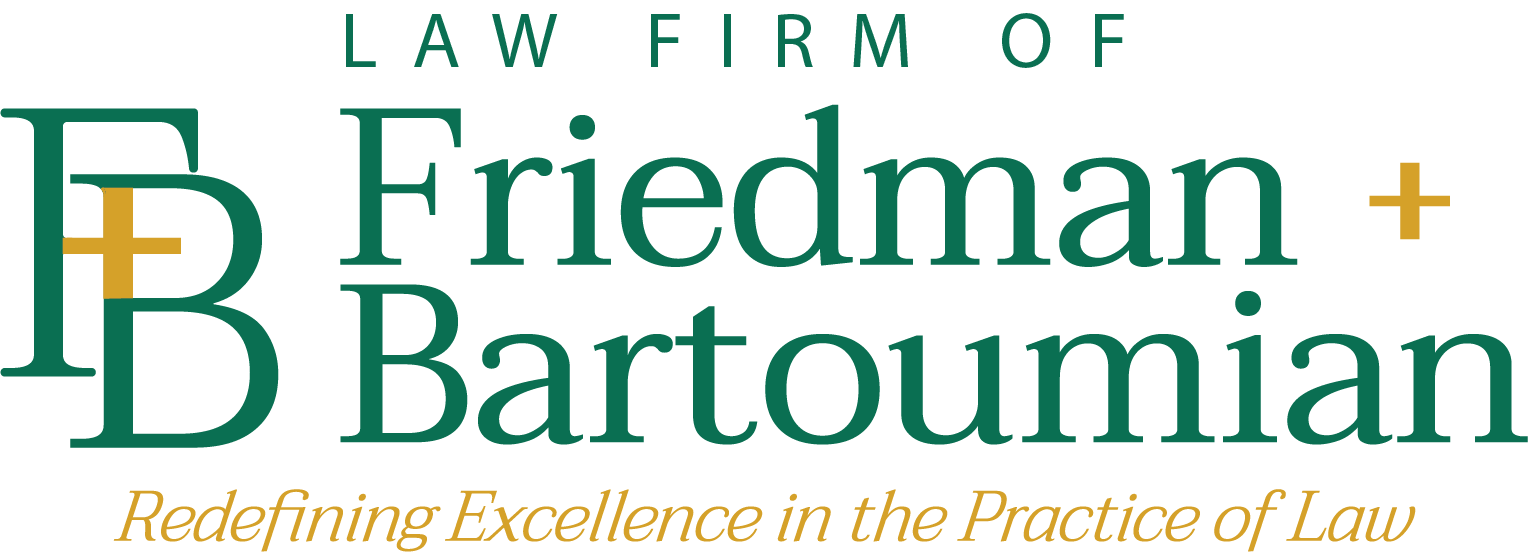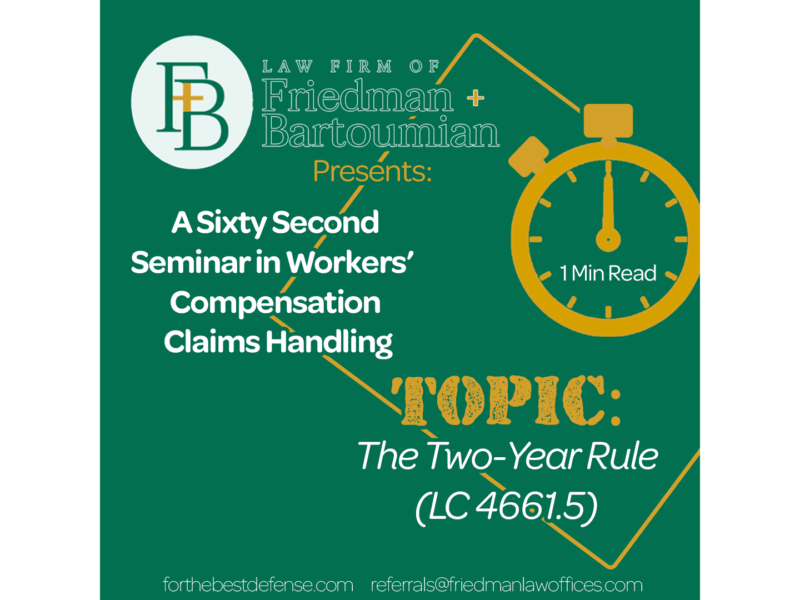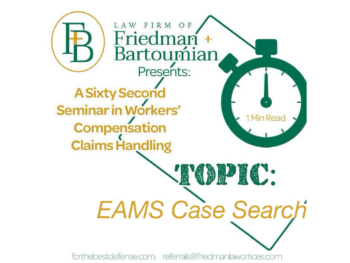When TD benefits are paid more than two years from the date of injury, the claims administrator is required pursuant to LC 4661.5 to verify if the benefit rate should increase. However, this requirement only applies if the injured worker is a maximum or minimum earner.
Exactly how does the two-year rule work? The best way to answer this question is by example. Suppose a maximum earner is injured on 12/14/20. On 12/24/22 a TD payment will be issued paying two weeks’ disability from 12/10/22 to 12/24/22. Because the check will be issued beyond two years from the date of injury, the administrator must determine if the TD rate should be increased. If an increase is in order, the entire payment is to be made at the new higher TD rate. The administrator should not pay 4 days at the old rate and 10 days at the new rate. Again, if the “date of payment” is beyond two years from the date of injury, then the entire payment is subject to the new rate.
What will happen eight days later on January 1, 2023 if this employee remains on TD? Must the administrator once again verify if the worker is eligible for yet another rate increase? The answer is: “Yes, if there is a new maximum rate effective 1/1/23, then the TD is subject to yet another rate increase, even though an increase occurred only eight days earlier.” Before applying any rate increase it is important for the administrator to verify if the injured worker still qualifies for the increase. Just because someone was a maximum earner in 2020 does not necessarily mean they are a still maximum earner in 2022 or later. Keep in mind the TD rate is still calculated at 2/3 the average weekly wage subject to the maximum and minimum weekly benefit applicable for that payment.
One final comment: Suppose an employee filed a claim for a 2015 injury where liability was denied. Now seven years later in 2022 the matter proceeds to trial and the injury is ruled compensable. Retroactive TD is ordered to be paid from 2015 to 2017. Because payment is being issued well beyond two years from the date of injury, the TD rate will be calculated at 2/3 the AWW subject to the maximum rate applicable in 2022, not 2015. Ouch! By the way, in this example don’t forget to reduce the payment to the injured worker by the amount of any EDD benefits paid. Although EDD is entitled to reimbursement plus interest, they are not entitled to the higher LC 4661.5 rate. The LC 4661.5 increase is to be paid to the worker.



 Reserve Redundancy Reports: A Sixty-Second Seminar in Workers’ Compensation Claims Handling
Reserve Redundancy Reports: A Sixty-Second Seminar in Workers’ Compensation Claims Handling
Leave a Reply